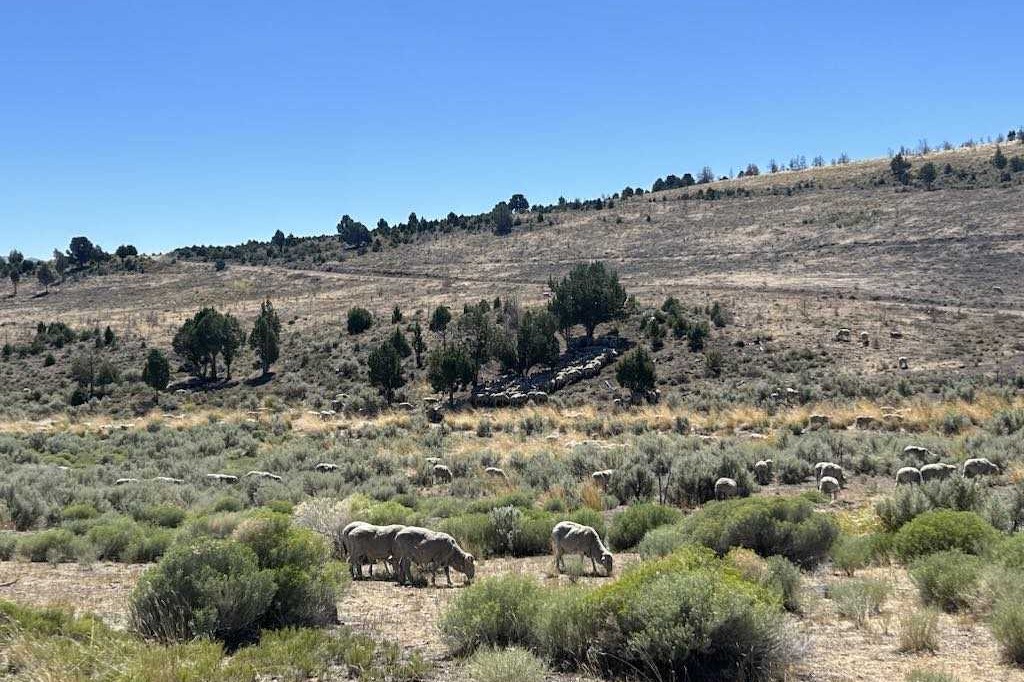A change in focus for Roger Barton from ram breeding to lamb finishing, plus a dig at one-size-fits-all regulations.
Well, we are into our final year of ram sales. I would have to say that it hit me rather to realise, with some finality, that some of our clients wouldn’t be showing up again unless for social reasons.
We have had a solid core of clients. A Tinui team started with us and all but finished with us – they sold their farm during the past winter. It was a treat to welcome the new operators for their first and last time. A 33-year-old and his better half carried the banner to the finish line. I’d have to say I was very impressed with their thoroughness and vision for the industry. I also had to eat my words that anyone under the age of 45 doesn’t know anything much about wool or even care about it. Anyone who checks carefully for spots between the ears knows what they are about.
So what now? No recorded lambing, far less fiddling around with little mobs, no single mating to confound autumn management, and now the liberty to pick and choose a bit more around things we want to do rather than have to do. A move to focusing far more on finishing lambs only and the opportunity to put a lot more lambs into the Atkins Ranch programme in the US that we have been part of since its inception in the late 1980s. Back in 1995, Barbie and I were fortunate to spend four days with the late John Atkins and his wife Sara. It was two days work plus two days of play really, but that brief window gave us a huge appreciation of who our customers/consumers were in what was largely a foreign land for this Kiwi. Since then our breeding programme has been more focused on carcase conformation and growth rate to meet the specs for the market.
Aspects of the sheep world continue to interest us. Oddly we had a ewe lamb born in May 2020. The noise of a lamb when shifting the main mob startled me and I found a ewe with a happy single. Convinced she was a wet dry from the previous year that had missed the bus to a foreign land I looked up her number to find that she had in fact reared twins the previous year to a combined weight of 73kg, so no slug in the mothering domain. The birth date suggested a mating date of December 10, but the weaning date was the 17th. Was the son the father? A few weeks ago I was shearing a ewe mob including her ladyship and was not expecting what I found. A heavily pregnant ewe who has now given birth to twins with a mating date of July 2 courtesy of my breeding tables. By that stage she was casually in among some ram hoggets on quite nice feed covers. Efficiency plus! Her May-born lamb met its maker a while ago, weighing 67kg pre-truck. An impressive early lamb kill sheet, pity about the tally.
Along with many others, Barbie and I have been working through the ramifications of the barrage of central government legislation coming at us. Some of it beggars belief that pointy heads in Wellington can have such rigid views on the timing of various farm activities. I missed a perfect opportunity to take a photograph of a mass of germinating Scarlet Oak seedlings. These trees line our drive and annually drop their acorns in time for duck shooting fodder. They sit idle until the ground temperature tells them to germinate. Obviously moisture is not the catalyst nor limitation having sat idle over winter. What is it that Wellington doesn’t understand about these variances within regions around NZ? Another classic regional variation arises as I travel to the other property.
At the bottom of Admiral Rd the adjacent farmer has a ram date of February 15. Our farm is 14km further up this road (admittedly a steep climb) and we have our main ewes meeting the ram on April 15. This farm runs to 585 metres. We commonly are still grazing our winter kale well into October to try to reduce feed pressure on lambing country. This patently will not comply with the MFE requirement of an October 1 resowing date, and the Minister David Parker glibly tells those in this position that they will need a resource consent if they don’t comply. I’m inclined to hang the resource consent on a floodgate to see if it mitigates erosion. How someone thinks this is effective use of regional council officers’ time beats me.




